In recent years, bay windows have emerged as a compelling design feature that not only enhances the aesthetic appeal of homes but also boosts their market value. According to the National Association of Realtors, properties with well-designed bay windows can sell for up to 10% more than similar homes without this architectural element. These unique windows not only provide additional space and natural light but also create a cozy nook that invites relaxation and productivity. As homeowners increasingly seek to differentiate their living spaces, understanding how to effectively design and utilize bay windows has never been more crucial. This ultimate guide will delve into innovative ideas and practical tips on creating stunning interiors that celebrate the charm and functionality of bay windows, ensuring your space is both unique and inviting.
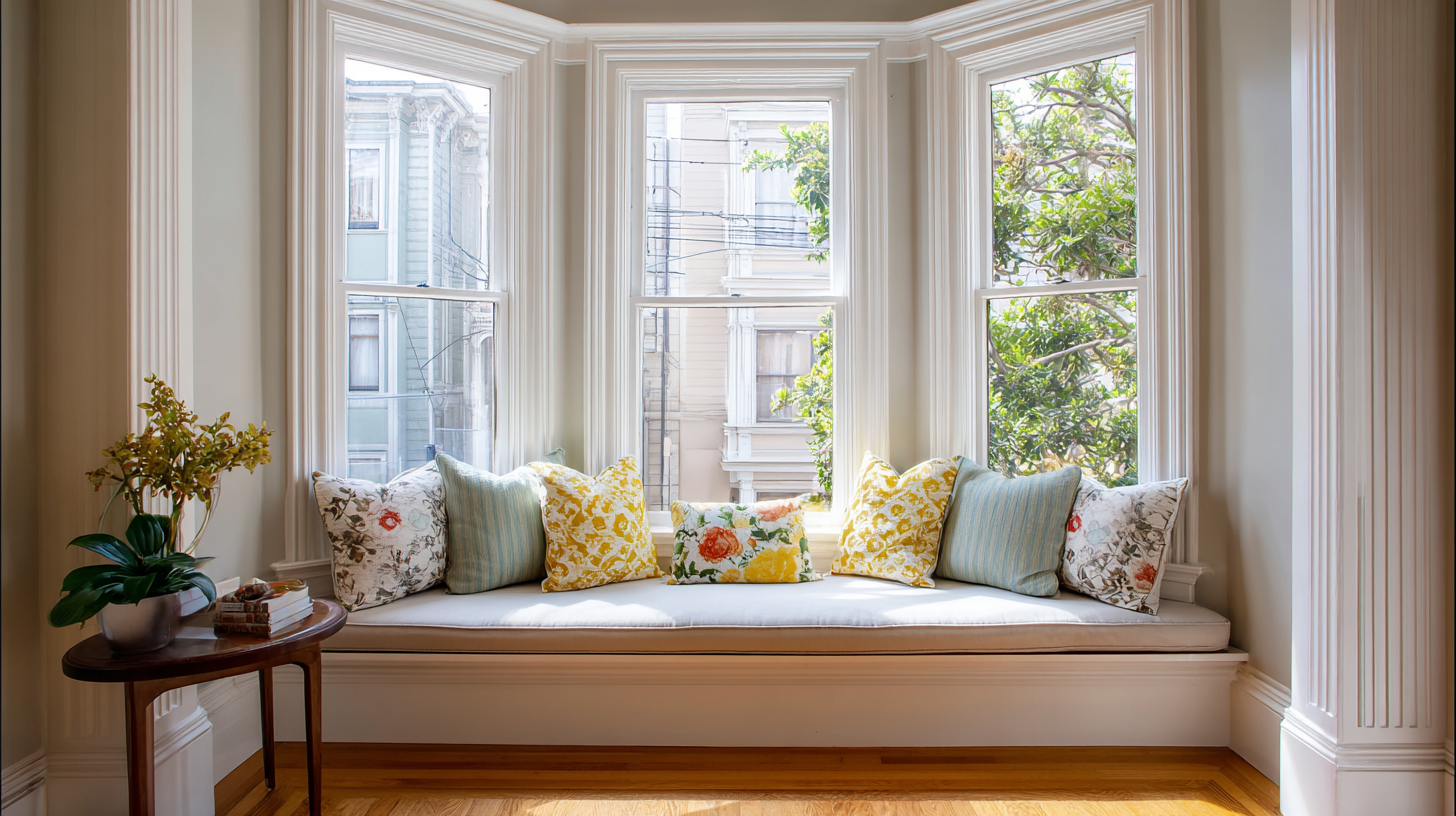
Bay windows are a wonderful architectural feature that can significantly enhance the natural light and overall aesthetics of a space. With their unique ability to extend outward from the main walls of a home, they create a cozy nook that invites in sunlight from multiple angles. This influx of natural light has a profound impact on mood, fostering a sense of happiness and well-being. Just as a well-lit home can elevate our spirits, the presence of bay windows adds depth to any room, making it feel more spacious and inviting.
Incorporating bay windows into your design not only enhances illumination but also offers an opportunity to play with aesthetics. By employing a modern contemporary theme, similar to the stylish condos found on Bedok Reservoir Road, you can harmonize the bright, airy feel of bay windows with a sleek color palette of whites and light greys. Additionally, creatively designed window glass, whether frosted or stained, can add a distinctive visual element while maintaining privacy. This combination of thoughtful design and natural light is key to crafting spaces that are not only functional but also deeply refreshing and appealing to the eye.
| Dimension | Benefit | Description |
|---|---|---|
| Natural Light | Increased Illumination | Bay windows allow more sunlight into a room, reducing the need for artificial lighting. |
| Space | Expanded Views | They create a sense of openness and provide panoramic views of the outside. |
| Aesthetics | Visual Appeal | Bay windows enhance the architectural beauty of a home and can be a focal point in any room. |
| Ventilation | Improved Airflow | They can provide better cross-ventilation, making homes more comfortable. |
| Functionality | Multi-functional Space | Bay windows can be used as reading nooks, plant spaces, or storage areas. |
Bay windows have resurfaced as a significant trend in modern home design, offering a unique blend of aesthetics and functionality. Homeowners are increasingly drawn to the versatility of bay windows, which not only enhance the visual appeal of a space but also increase natural light and create a sense of openness. Recent statistics indicate that homes featuring bay windows can see property value appreciation of up to 10%, making them a wise investment for those looking to enhance their living areas.
Incorporating bay windows into contemporary designs allows for innovative exploration of space. Designers are now focusing on integrating these windows in a way that complements minimalist and industrial styles, often using materials like steel and glass. Moreover, data shows a growing interest in energy-efficient bay window designs that not only boost aesthetic appeal but also improve insulation and reduce heating and cooling costs. As these trends evolve, bay windows continue to represent a perfect marriage of style and sustainability in modern architecture.
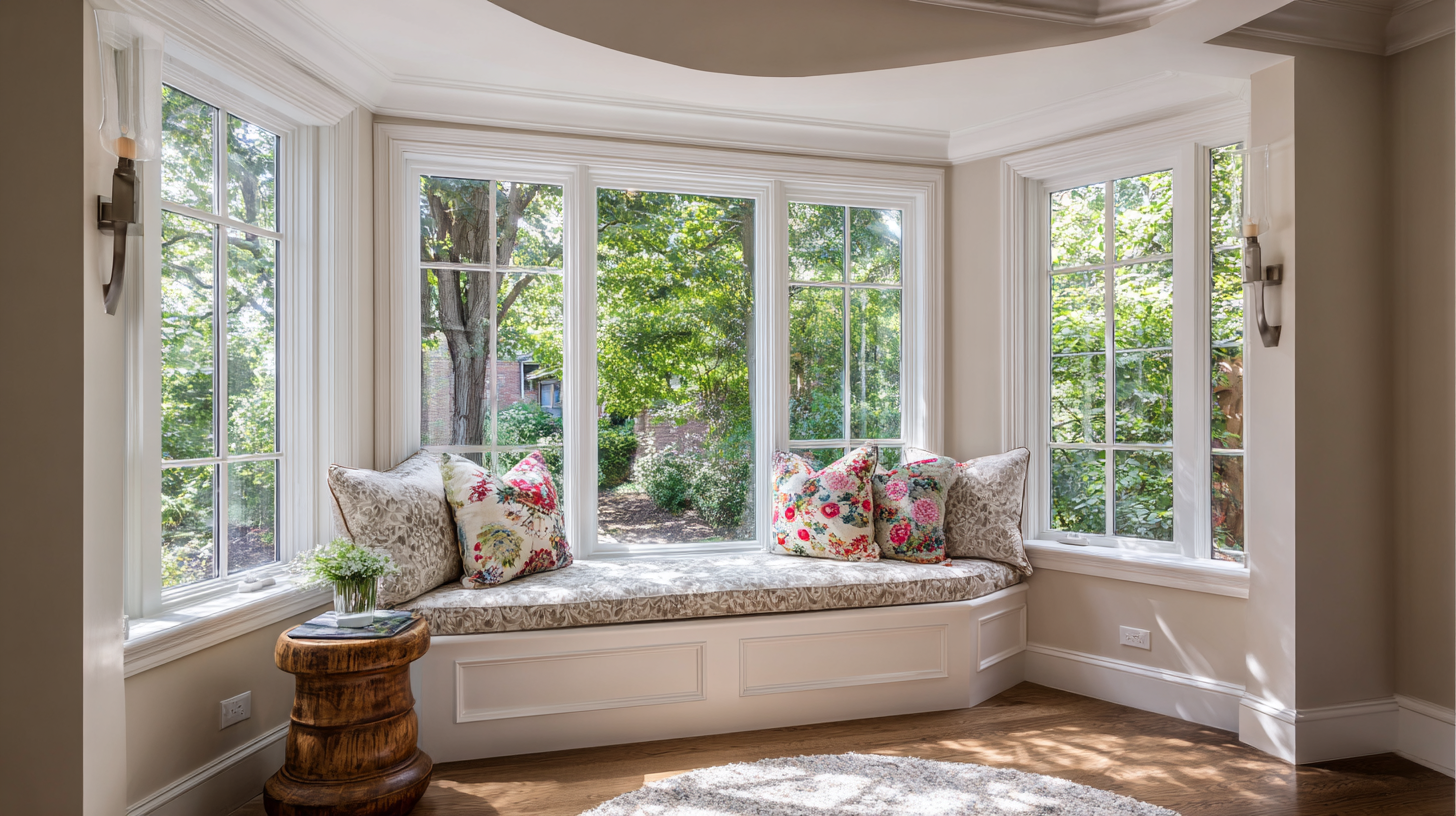
Bay windows are more than just architectural features; they are a gateway to maximizing space in your home while adding character and charm. With their extended design, bay windows create nooks that can serve multiple purposes. For instance, consider transforming one into a cozy reading corner. Adding a soft cushion and some shelves for your favorite books will create an inviting retreat where you can unwind.
Another creative functional use for bay windows is to incorporate them into your home office. A small desk strategically placed within the bay can harness natural light, making it an ideal workspace. Pair it with plants or decorative items to enhance the aesthetic while improving your productivity.
Finally, consider using bay windows for extra storage. Built-in benches or cabinets beneath the window can store items while also providing a place to display plants or photographs. This blend of functionality and style helps transform your bay window area into a valuable part of your home’s layout, making the most of your available space.
When designing a bay window, selecting the right materials and styles is crucial to achieving a unique and inviting space. Begin with the choice of framing materials. Wood offers a classic and warm aesthetic that can be stained or painted to match your interior decor, while vinyl provides a low-maintenance option with excellent insulation properties. For a modern twist, consider aluminum frames which are sleek and durable, ensuring long-lasting performance while providing a contemporary finish.
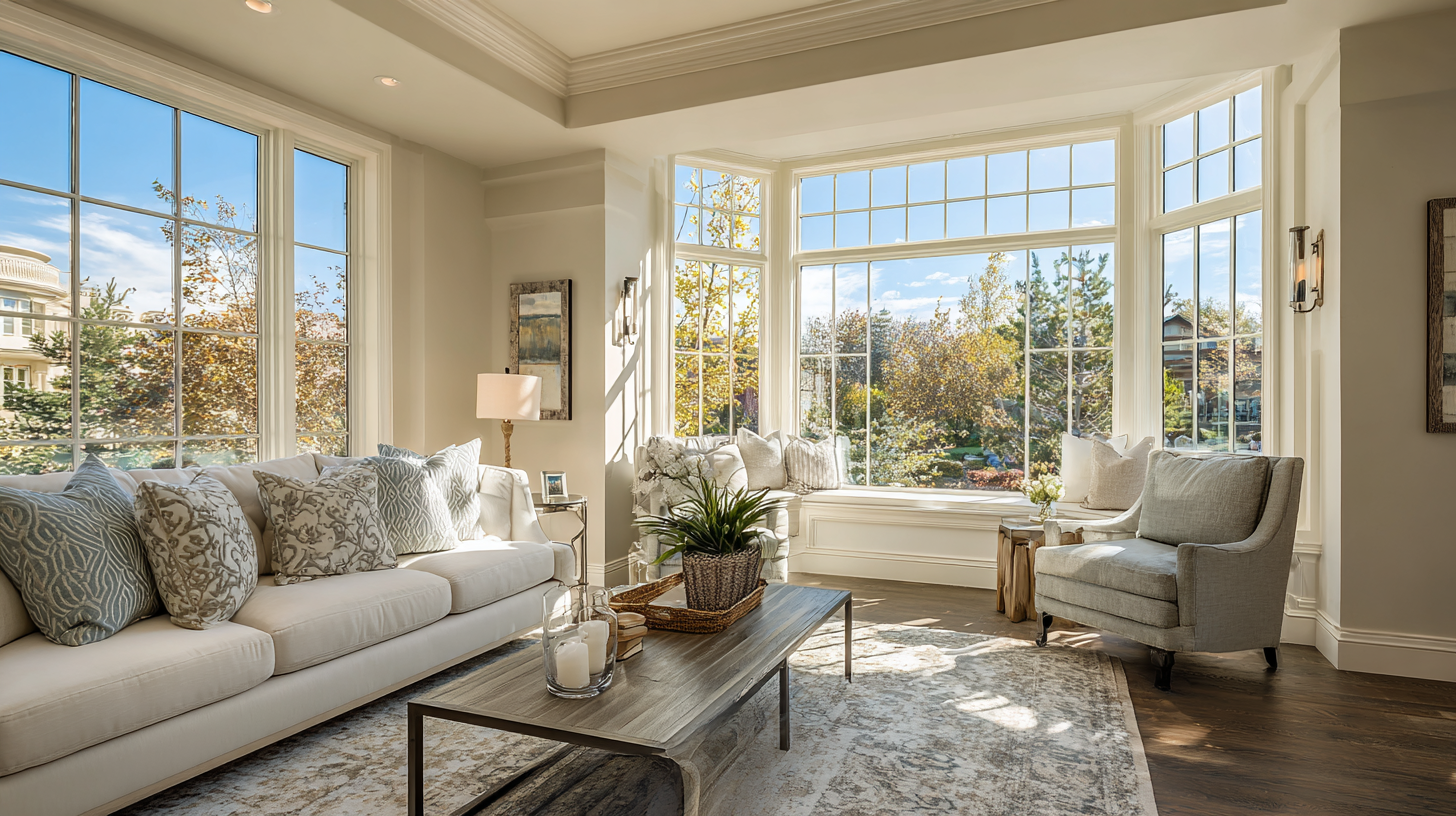
In terms of styles, there are various designs to explore. Traditional bay windows typically feature a three-part structure that extends outward, creating a cozy nook perfect for seating or plants. Alternatively, a more angular design can lend a sophisticated edge to your home. Incorporating decorative elements, such as customized window treatments or built-in shelves, can further personalize your bay window and enhance its functionality. By carefully choosing the right materials and styles, you can transform your bay window into a stunning focal point that complements your unique living space.
When considering the installation of bay windows, understanding the associated costs is crucial. A comprehensive analysis from the National Association of Home Builders indicates that the average cost of bay window installation ranges from $1,000 to $6,000, depending on the size, materials, and complexity of the design. This investment not only enhances the aesthetic appeal of a home but also offers potential returns on investment, with some studies suggesting that homeowners can recoup up to 80% of the installation costs upon resale.
Additionally, factors such as labor and the choice of energy-efficient glass can influence the total expenditure. A report by Remodeling Magazine highlights that energy-efficient bay windows can save homeowners an estimated $400 to $600 annually on energy bills, making them a financially sound choice in the long run. Moreover, choosing high-quality materials may initially seem more expensive, but the durability and reduced maintenance can lead to significant savings and added value for your property. Investing in bay windows is not merely about immediate costs; it's about creating a unique space while also considering long-term benefits.


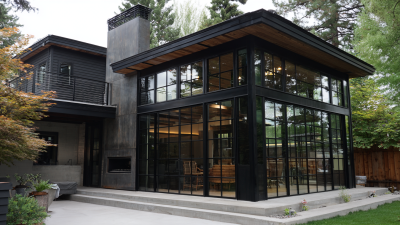
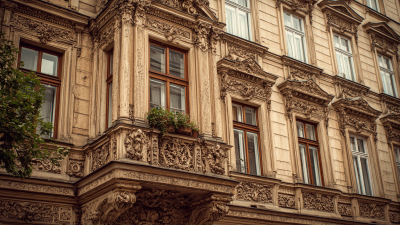

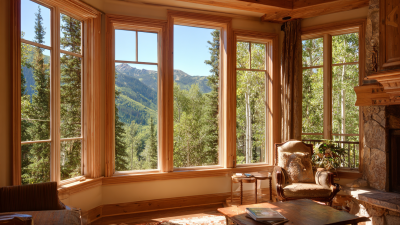

© 2025 RWC. All Rights Reserved. | Privacy Policy | Contractor’s License Number: 13VH00710200 | Sitemap | Areas Served
